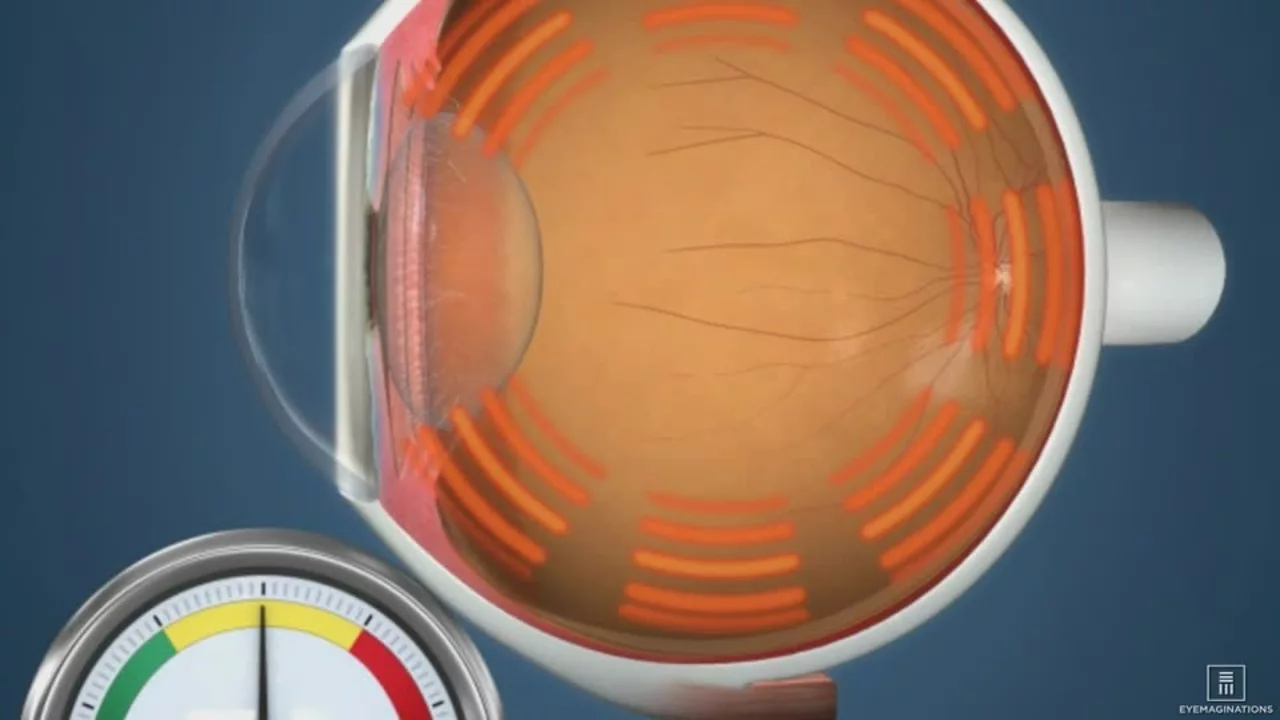Eye Health Tips: Simple Ways to Protect Your Vision
Ever notice how quickly your eyes feel tired after scrolling on a phone or reading in dim light? That fatigue is a sign that everyday habits are putting extra strain on your vision. The good news is you don’t need fancy equipment or expensive treatments to keep your eyes healthy—just a few small changes can make a big difference.
Everyday Habits for Better Vision
First off, give your eyes regular breaks. Follow the 20‑20‑20 rule: every 20 minutes, look at something 20 feet away for at least 20 seconds. This tiny pause relaxes eye muscles and cuts down on digital eye strain.
Lighting matters too. Position a lamp so it shines directly on what you’re reading, not into your eyes or onto the screen. If you work late, consider using a blue‑light filter on devices; it reduces glare without changing colors dramatically.
When you’re outdoors, wear sunglasses that block 100% UV rays. Even cloudy days let UV through, and long‑term exposure can lead to cataracts or macular degeneration. For sports or DIY projects, grab safety goggles—your eyes are too valuable to risk a stray particle.
Nutrition & Supplements That Support Your Eyes
Your diet feeds more than just your waistline; it also fuels the delicate cells in your retina. Foods rich in vitamin A, like carrots and sweet potatoes, help maintain clear night vision. Vitamin C and E act as antioxidants, protecting eye tissue from oxidative damage.
Lutein and zeaxanthin are star nutrients for the macula, the part of the eye that handles sharp central sight. You’ll find them in leafy greens such as spinach, kale, and even in eggs. If you don’t eat enough veggies, a daily supplement containing these carotenoids can fill the gap.
Omega‑3 fatty acids, especially DHA, are crucial for tear production and overall eye comfort. Fatty fish like salmon, sardines, or a spoonful of flaxseed oil each week can keep your eyes lubricated and reduce dry‑eye symptoms.
Don’t forget hydration—water helps maintain the thin fluid layer over the cornea that keeps vision clear. Aim for at least eight glasses a day, more if you’re active.
Regular eye exams are the final piece of the puzzle. Even if you feel fine, an optometrist can catch early signs of glaucoma, diabetic retinopathy, or other issues before they become serious. Most insurance plans cover a basic check‑up once a year; treat it like any other preventive health visit.
Watch for warning signs: sudden flashes of light, new floaters, persistent blurry vision, or pain around the eye. These symptoms deserve prompt medical attention because early treatment often preserves sight.
Putting these tips into practice doesn’t require a massive time commitment. Start with one habit—maybe the 20‑20‑20 rule—and build from there. Over weeks, you’ll notice less eye fatigue and sharper focus, proving that protecting your vision is as easy as adjusting a few daily routines.
Remember, healthy eyes are a lifelong investment. Simple actions today pay off with clearer sight tomorrow.

The Impact of Screen Time on Ocular Hypertension and Eye Health
In recent years, I've noticed a growing concern about the impact of screen time on our eye health, particularly regarding ocular hypertension. Studies have shown that prolonged exposure to screens can lead to symptoms like eye strain, dryness, and even an increase in intraocular pressure. This can potentially contribute to the development of glaucoma, a leading cause of vision loss. To counter these effects, I recommend following the 20-20-20 rule: take a break every 20 minutes to look at something 20 feet away for 20 seconds. Additionally, regular eye exams are essential to monitor eye health and detect any potential issues early on.
Read More